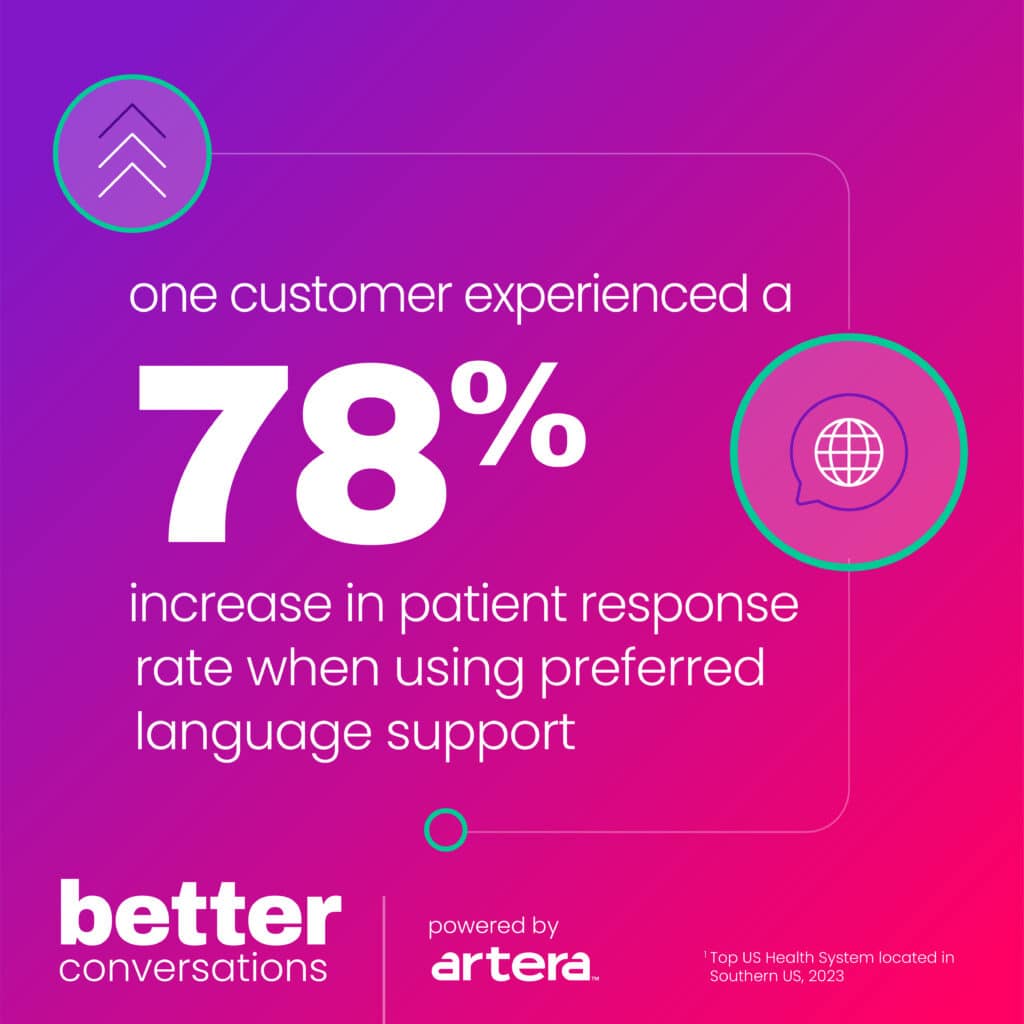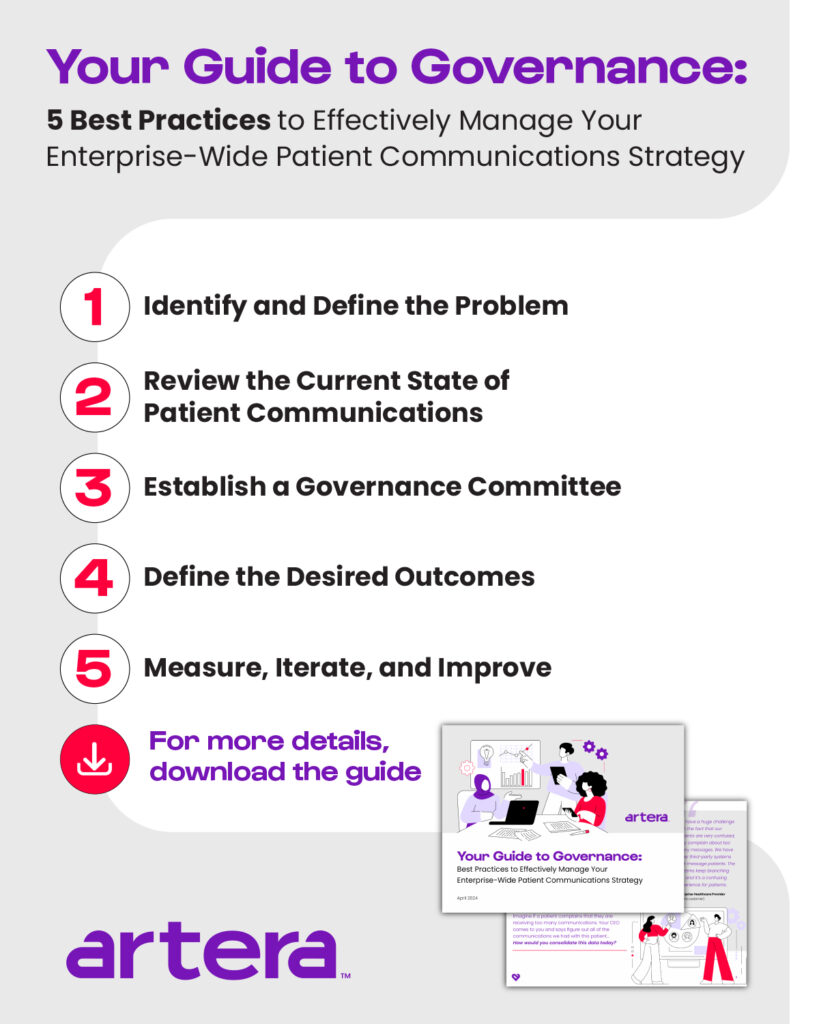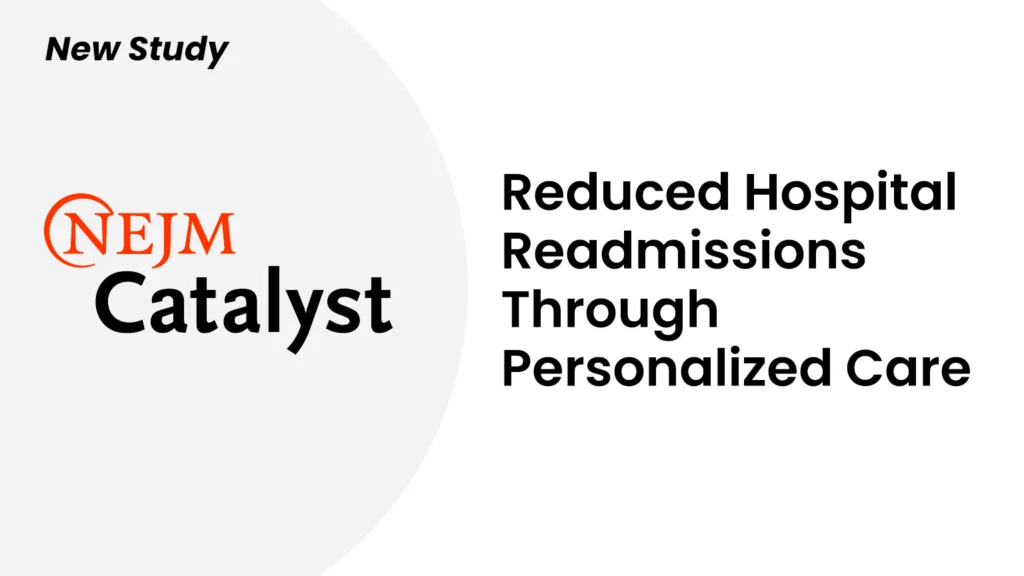If you haven’t yet already, please check out our previous blogs covering the first three best practices related to governance: Identify Existing – or Future – Challenges, Review the Current State of Patient Communications and Establish a Governance Committee.
Considering patients are bombarded with messages every day, we know just how important effective patient communication – and an effective patient engagement strategy – is today. Governance plays a crucial role in ensuring that communication strategies align with organizational goals and patient needs. In this post, we will explore the importance of defining desired outcomes for patient communications, emphasizing the pivotal role of governance in this process and in your broader patient engagement strategy.
The Role of Governance in Healthcare Communications
Governance in healthcare communications involves establishing a structured approach to managing and improving communication processes within an organization. A dedicated governance committee can significantly enhance communication outcomes by ensuring that all stakeholders are aligned on goals and strategies.
Each role brings a unique perspective, contributing to a comprehensive governance strategy that enhances patient communication outcomes. Once you have successfully established a designated governance committee, you’re one step closer to optimizing your desired outcomes.
But, what do we mean by “outcomes”? That’s for your organization to decide.
Your Patient Engagement Strategy Needs Defined Outcomes
Defining your desired outcomes regarding patient communication is essential for aligning your team’s efforts and measuring success. Outcomes can vary depending on organizational goals but typically include objectives such as increasing patient engagement, improving patient satisfaction, generating revenue and optimizing resource utilization.
Key Considerations
When developing your desired outcomes, you should consider a few items:
- Business Goals: Align communication strategies with broader business objectives, such as revenue generation and operational efficiency.
- Aligned Values: Honing in on your aligned values as a team / organization will help you prioritize communication, to which you’ll want to start mapping out the order.
- Patient Satisfaction: Prioritize initiatives that enhance the patient experience, such as reducing appointment delays and providing accurate, up-to-date information.
By clearly defining desired outcomes, healthcare organizations can create targeted communication strategies that drive meaningful results — whatever that may mean to your organization.
Steps to Optimize Patient Communication Outcomes
Achieving optimal patient communication outcomes requires a systematic approach. Here are the key steps a governance committee should take when developing your desired outcomes:
Step 1: Identifying the Gap

Begin by assessing your organization’s current state of patient communications. Identify areas where there is a gap between the existing communication practices and the desired outcomes. This involves:
- Conducting a thorough audit of current communication processes.
- Gathering feedback from patients and providers to identify pain points.
- Analyzing data to uncover trends and areas for improvement.
Step 2: Asking the Right Questions
Now that you’ve acknowledged any potential gaps in your business goals and patient communications strategy, it’s time to get your governance committee together to better understand what actions are needed to close the gap. Here are questions to consider as you build your patient engagement strategy:
- What are our strategic objectives / values as an organization?
- What specific goals are we working towards regarding patient communication?
- Is our current strategy delivering the results we’re seeking?
- What are the next few steps we can take to meet our goals?
Step 3: Closing the Gap
Once the gaps are identified and the right questions are brought to the table, the governance committee should develop a plan to close them. This includes:
- Setting specific, measurable goals for improvement.
- Implementing changes to communication processes and technologies.
- Monitoring progress and making adjustments as necessary.
Effective governance requires ongoing evaluation and adaptation to ensure that communication strategies remain aligned with organizational goals and patient needs. Now that you have outlined a plan to close the gap, it is easier to make strides toward those desired outcomes.
Aligning Core Values and Prioritizing Messages
As mentioned above, a successful governance strategy is built on a foundation of shared values. By aligning on core values, the governance committee can prioritize patient communication messages effectively.
Key Actions
- Establish Core Values: Define the principles that will guide your patient communication strategy, such as transparency, empathy and responsiveness.
- Prioritize Messages: Determine the order and cadence of messages based on their importance and relevance to patients. For example, urgent health updates should take precedence over routine reminders. If patients are receiving 5+ messages a day, how can we ensure which ones they will pay attention to?
By aligning on core values, healthcare organizations can ensure that their communication strategies resonate with patients and providers alike. This will help the team develop a more robust strategy that ensures patients receive the most critical information.
Other Significant Factors to Consider Within Your Patient Communication Strategy
In addition to the core steps outlined above, there are several other tactics that can enhance patient communication outcomes – all of which were determined by a six-month-long study that Artera Data Insights conducted.
The study consisted of an extensive analysis of over two billion patient outreaches, encompassing more than 750 healthcare provider organizations, to gain insights into the factors influencing patient engagement.
Customization

Personalized messages are more likely to engage patients and improve satisfaction. Consider using data-driven insights to tailor communications to individual patient preferences and needs.
Multilingual Support
Offering patient communications in multiple languages can significantly improve accessibility and engagement, particularly in diverse communities.
Deliver Messages via Long-Code
Based on Artera data, messages delivered via long code significantly improve patient response rate. Individuals’ familiarity and frequent use of long code numbers for their personal communications can create a sense of trust and legitimacy with health systems, inspiring patients to engage more frequently.
Continue Your Healthcare Governance Journey
Effective healthcare governance is the cornerstone of successful patient communication strategies. By defining desired outcomes, aligning on core values, and implementing targeted strategies, healthcare organizations can significantly improve patient engagement and satisfaction.
Key points to remember:
- Governance committees play a vital role in enhancing communication outcomes.
- Clearly defined outcomes and aligned values are essential for success.
- Ongoing evaluation and adaptation ensure that communication strategies remain relevant and effective.

As you embark on this journey, consider how these strategies can be tailored to your organization’s unique needs. The future of healthcare communications lies in thoughtful governance and a commitment to continuous improvement.
Ready to optimize your patient communication strategies? Start implementing these governance strategies today and see the transformative impact on your organization.
Stay tuned for the next best practice in navigating healthcare governance: Measure, Iterate and Improve.



